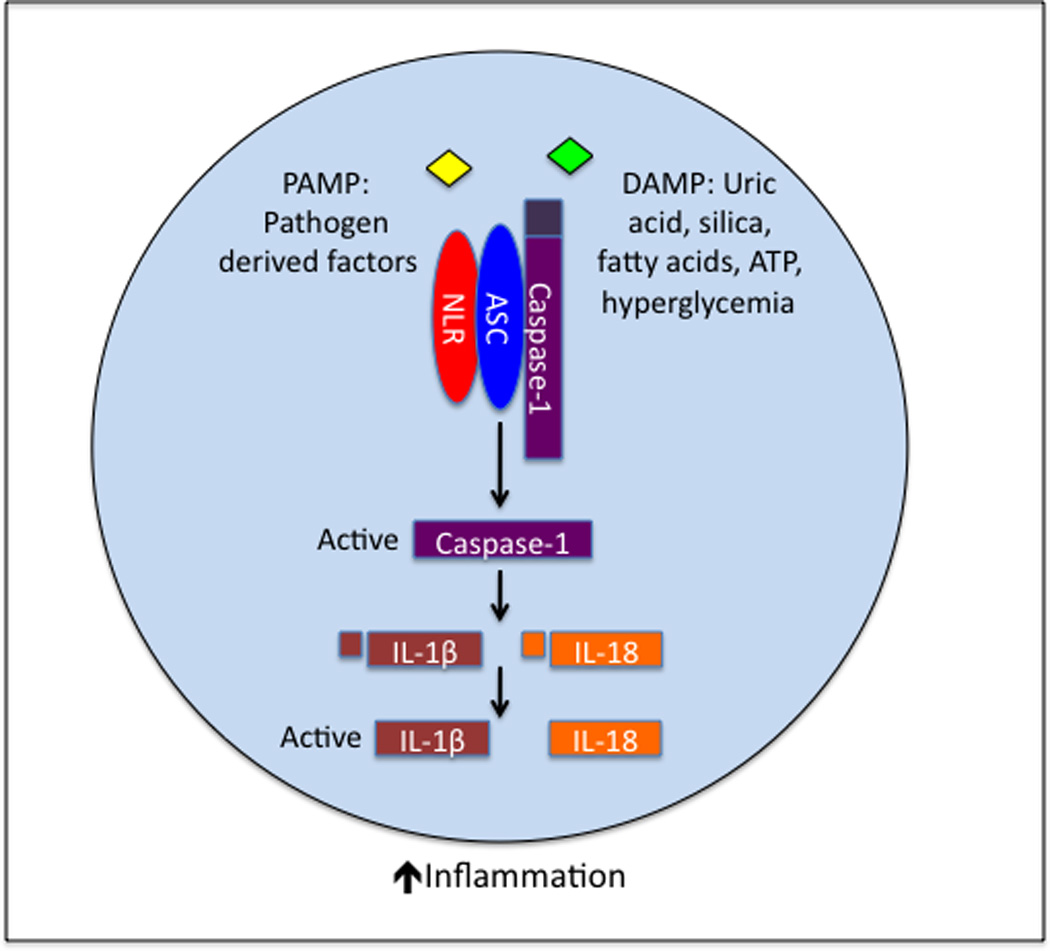Figure 1. Activation of the inflammasome.

Pathogen- and danger-associated molecular patterns (PAMPs and DAMPs, respectively) are detected by NLRs in the cytosol. Once activated, the NLR undergoes a conformational change, resulting in the recruitment of ASC and caspase-1 into a protein complex known as the inflammasome. Formation of the inflammasome molecular platform triggers self-cleavage and activation of caspase-1. Active caspase-1 subsequently cleaves the pro-forms of IL-1β and IL-18, which is required for their secretion and biological activity. Inflammasome-derived cytokines (IL-1β and IL-18) are potent mediators of inflammation and immune cell activation. Their immunogenic activity plays a central role in host defense against numerous pathogens. However, unchecked regulation of IL-1β and IL-18 activation in responses to DAMPs (e.g., cellular and metabolic distress, environmental insults, metabolites, etc.) results in chronic inflammation and contributes to the induction and pathogenesis of numerous inflammatory and autoimmune diseases.
